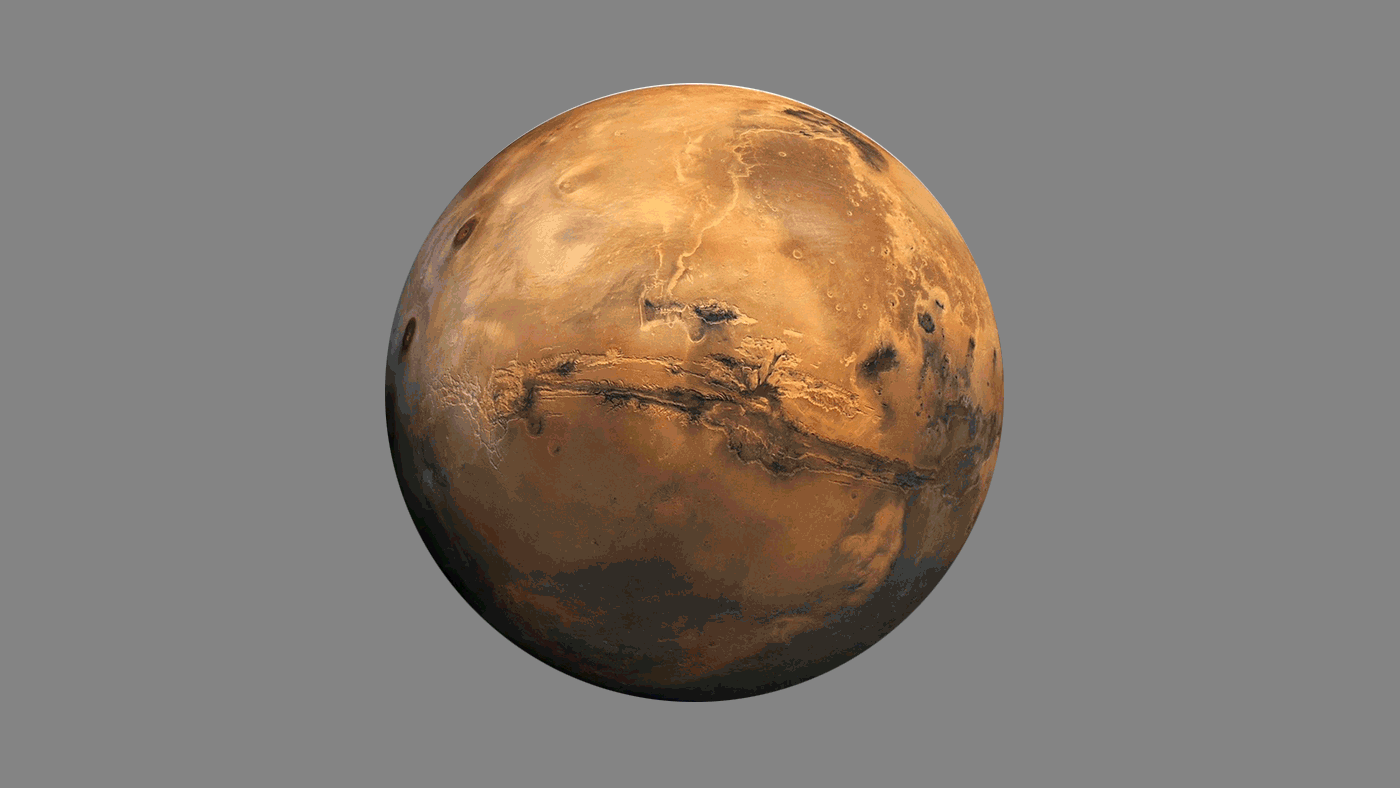
A couple of weeks ago, we talked about the Mars InSight lander and its SEIS seismometer, which has been detecting marsquakes by the bucketload. New data released shows that in this first year of continuous operation, over 500 marsquakes have been detected. The red planet is rocking and rolling, y’all.
Remember, these quakes are much smaller than most of what we feel on Earth, with the largest reaching a magnitude of 3.6. These smaller quakes are easier to detect on Mars, too, because there are no ocean waves and very little wind to interfere with the sensor, although SEIS does have a cover to block out the wind noise. There are low-frequency events that resemble our own earthquakes, fading away relatively quickly, and there are higher frequency waves that persist for longer periods of time and resemble what we know of moonquakes.
Overall, a handful of the larger quakes appear to be coming from the region of Cerberus Fossae, which is a younger geologic structure, and could be extending, or pulling apart, similar to how the Basin and Range region is extending in the western United States. We need more data, though, so go InSight!
More Information
Seismological Society of America press release



